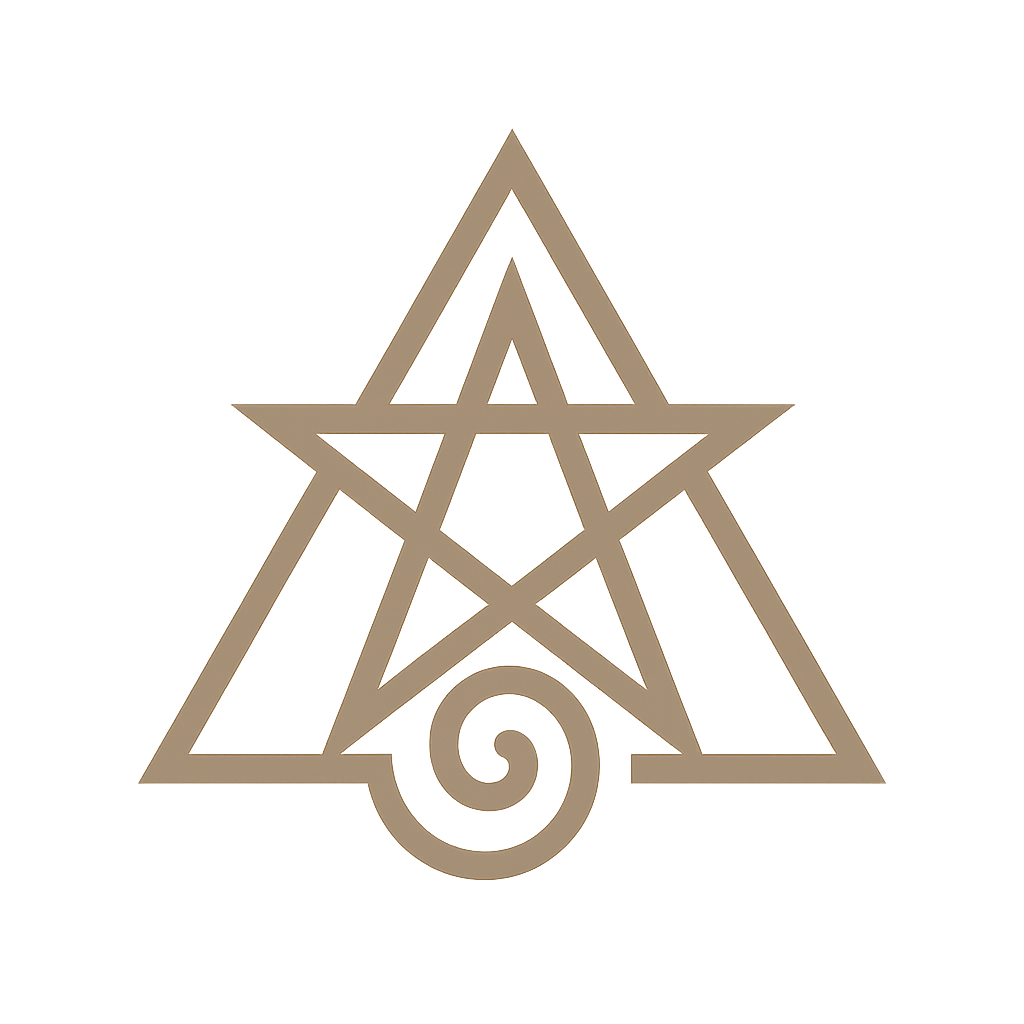Michael Talbot’s groundbreaking theories on the holographic nature of the universe have sparked discussions about the interconnectedness of reality, consciousness, and psychic phenomena. His seminal work, The Holographic Universe (1991), proposed that the universe operates similarly to a hologram, where each part contains the whole, and reality is shaped by interference patterns decoded by the brain. This perspective challenges conventional views of reality, offering new explanations for phenomena like telepathy, psychokinesis, and near-death experiences.
The Holographic Universe Theory
The concept of a holographic universe was initially inspired by two independent researchers: physicist David Bohm and neurophysiologist Karl Pribram. Bohm suggested that subatomic particles behave as if part of an interconnected whole, while Pribram posited that the brain processes information in a holographic manner. Talbot synthesized these ideas, proposing that the universe itself functions as a holographic projection from a deeper, more fundamental reality.
Quantum Entanglement and Interconnectedness
Talbot highlighted phenomena such as quantum entanglement, where particles remain instantaneously connected regardless of distance, as evidence supporting the holographic model. This interconnectedness suggests that reality is not as fixed or separate as it seems, but rather a fluid and malleable projection influenced by consciousness.
Paranormal Phenomena and Consciousness
Talbot’s personal experiences, including poltergeist activity and out-of-body experiences, shaped his exploration of the holographic model. He argued that phenomena like telepathy, psychokinesis, and near-death experiences could be understood through this framework, as the boundaries between mind and matter dissolve in a holographic reality.
The Power of Belief and Healing
Talbot emphasized the role of belief in shaping reality, citing examples of the placebo and nocebo effects. He recounted cases where patients’ health outcomes were significantly influenced by their expectations, demonstrating the mind’s profound ability to impact physical reality.
Legacy and Speculation Surrounding Talbot’s Death
Talbot’s untimely death in 1992, shortly after publishing The Holographic Universe, fueled speculation about his work’s implications and the circumstances of his passing. While officially attributed to lymphoma, some have theorized that his exploration of esoteric knowledge may have contributed to his mysterious demise.
Conclusion
Michael Talbot’s work continues to inspire those seeking to understand the deeper nature of reality. By integrating concepts from quantum physics, neuroscience, and spiritual traditions, Talbot provided a framework that challenges conventional boundaries and invites us to reconsider the relationship between consciousness and the cosmos.
Proudly powered by ParticleScrolls
